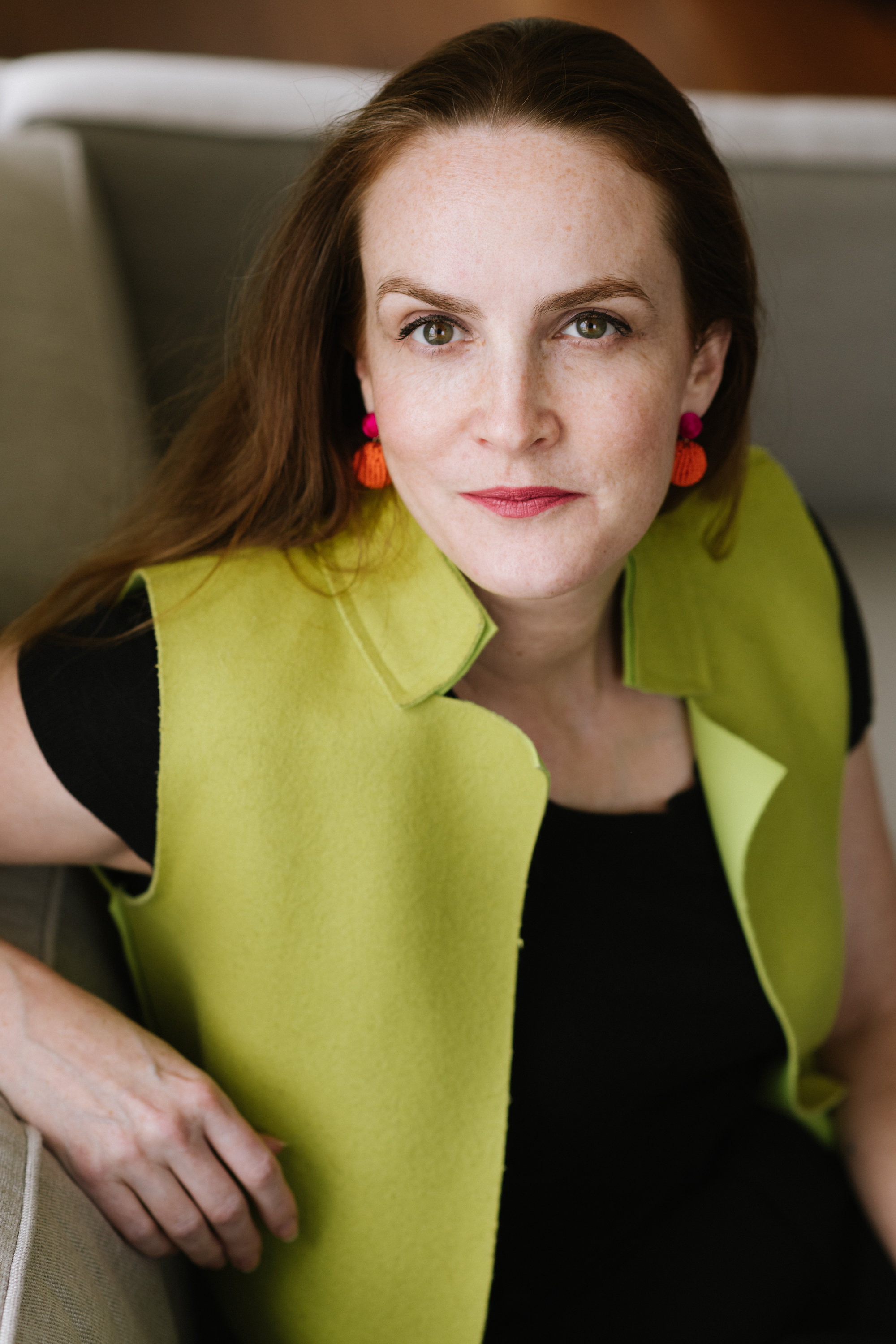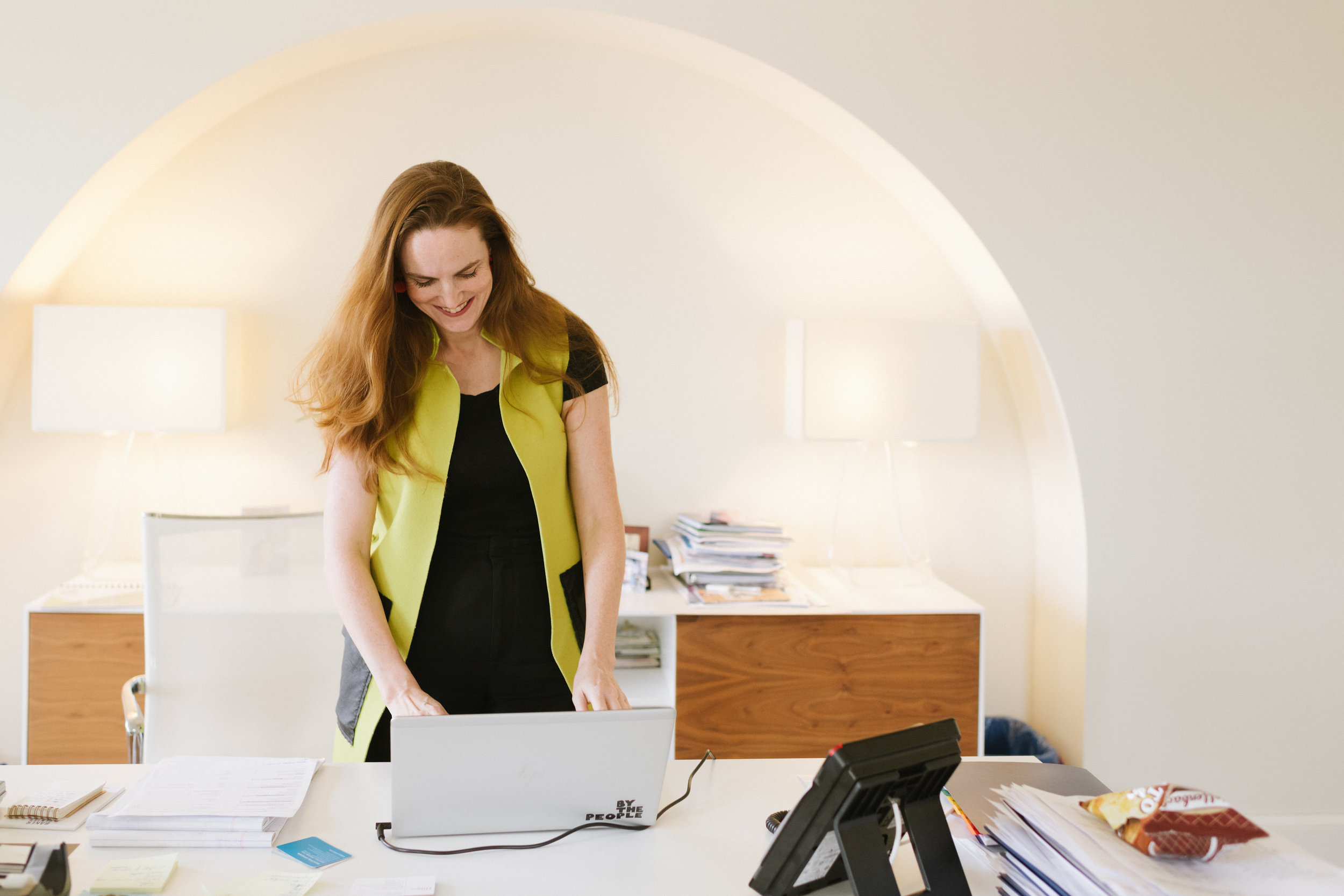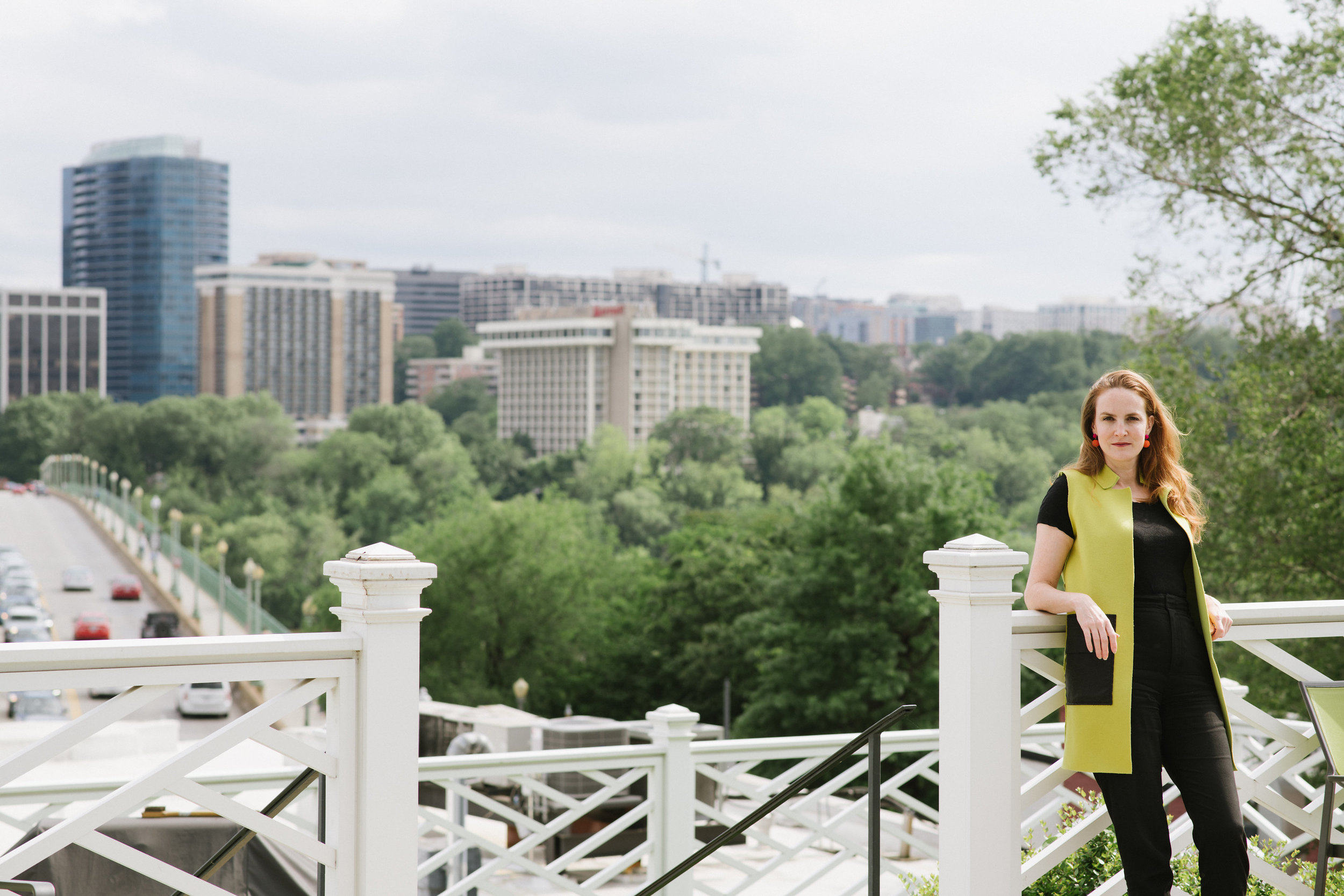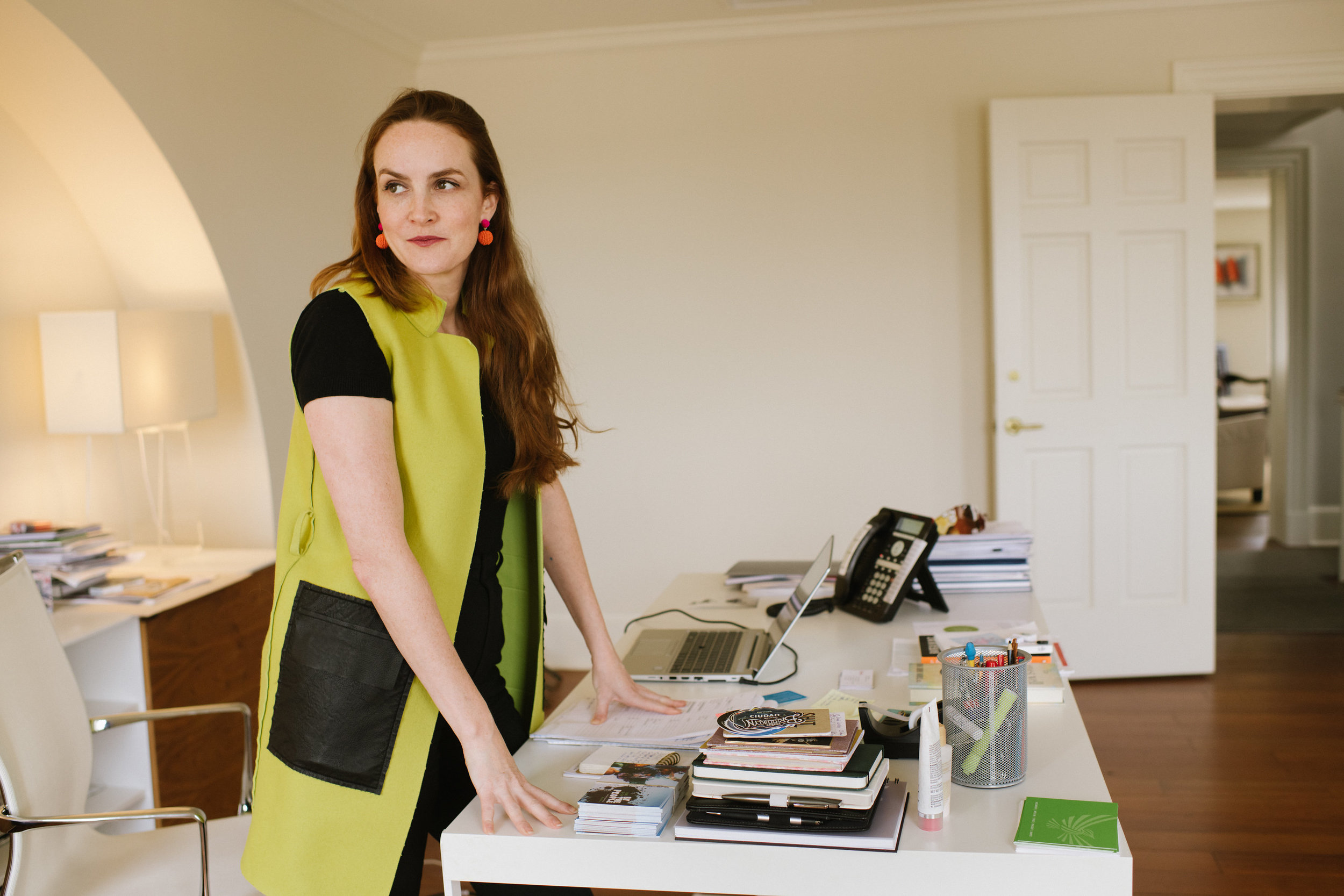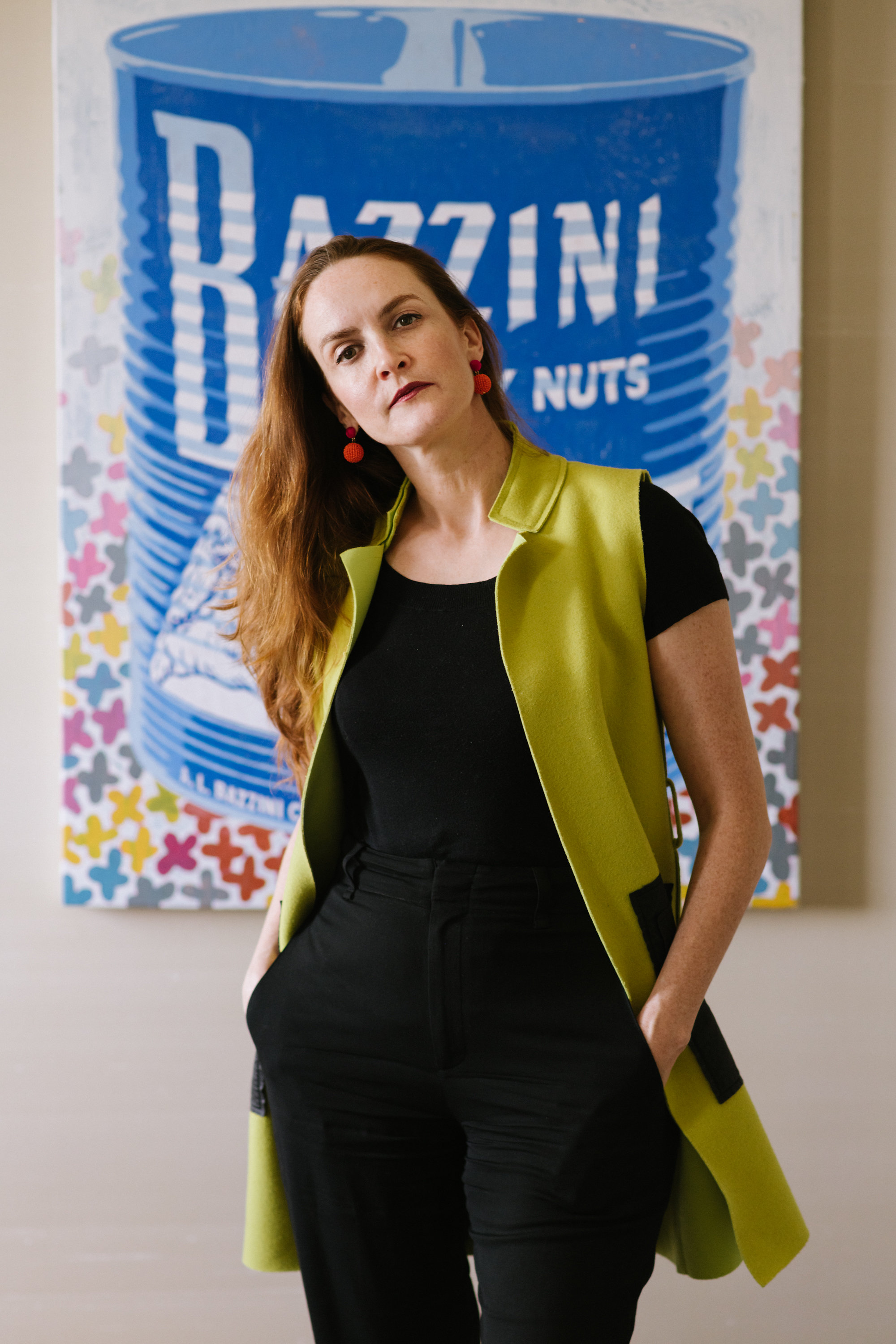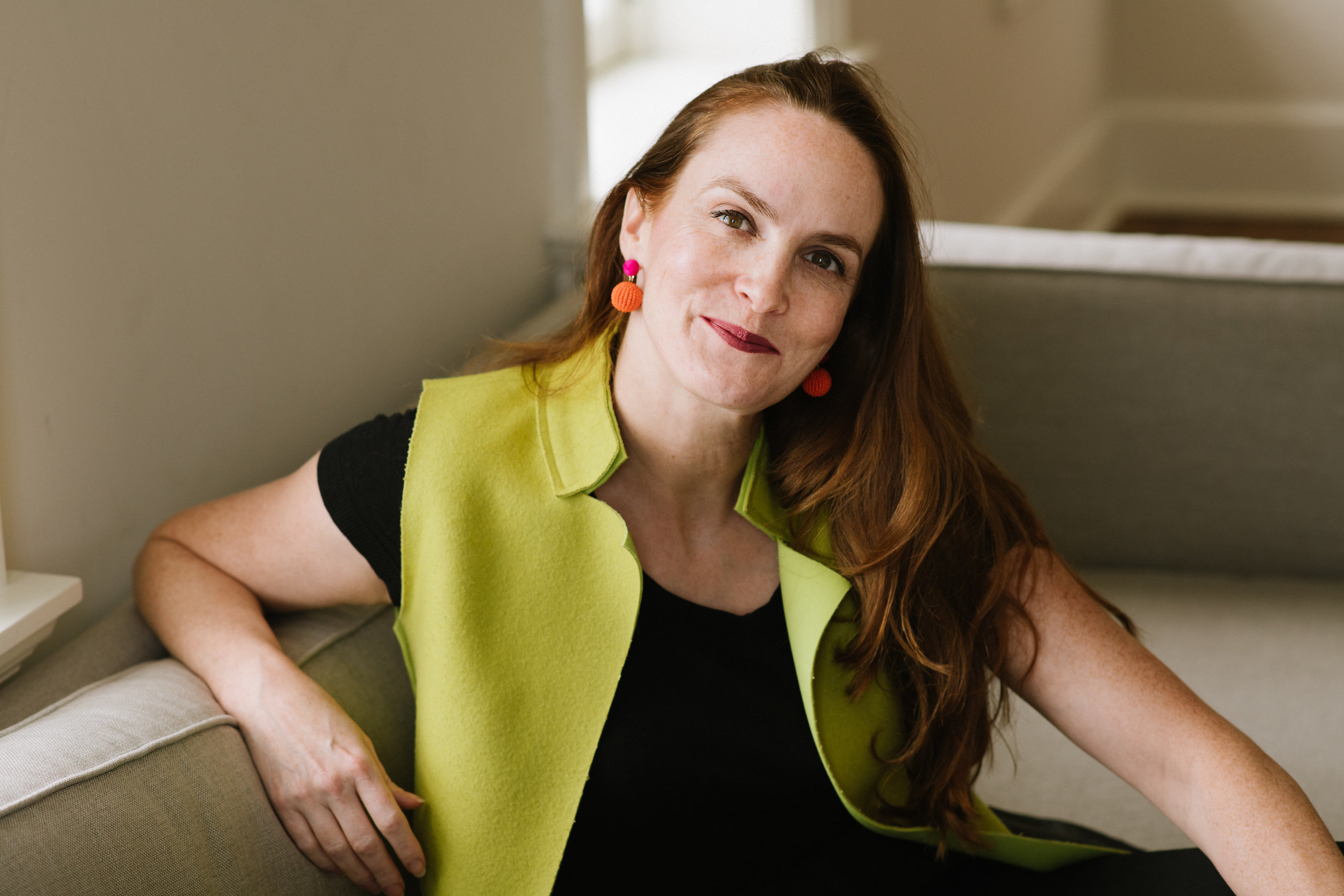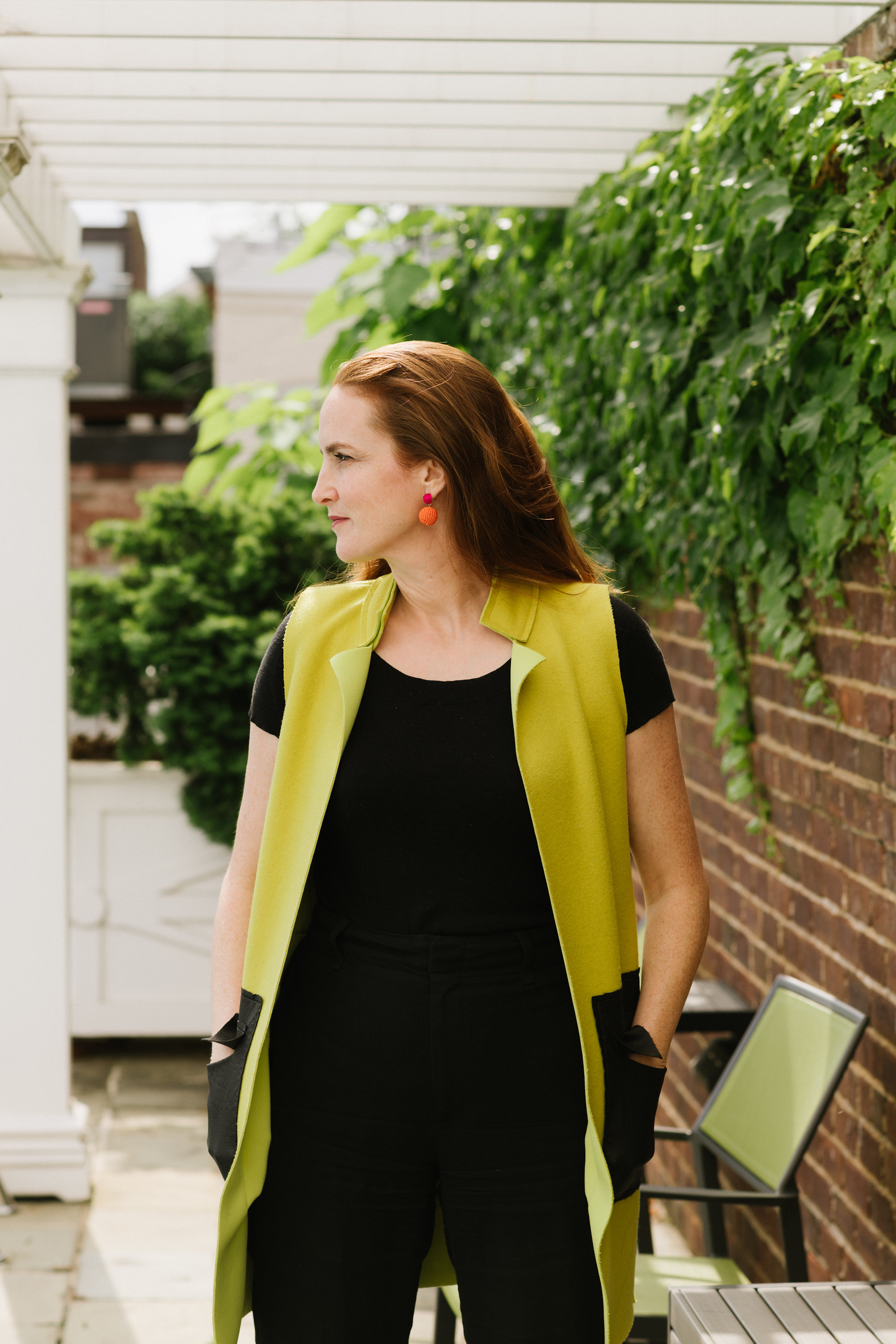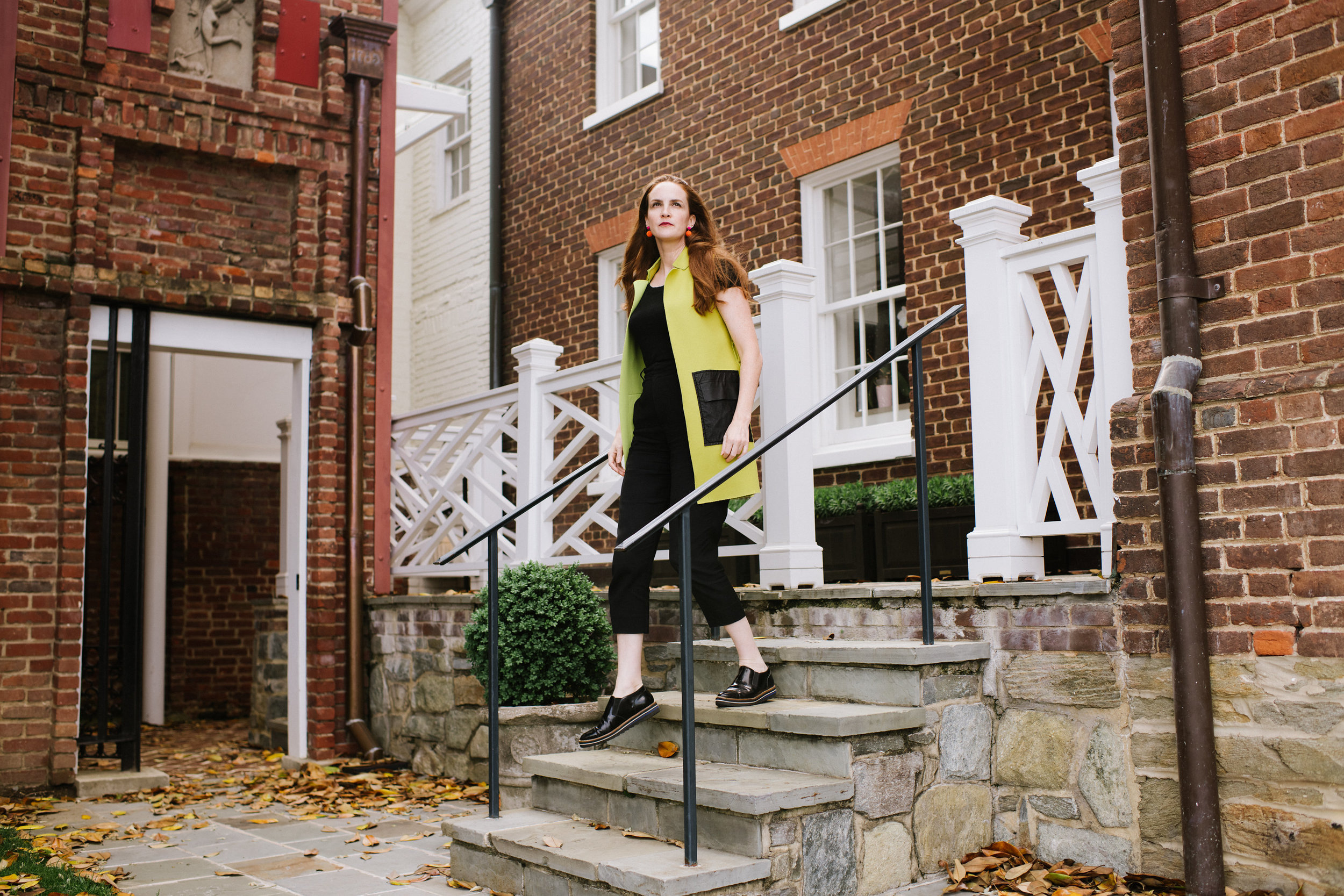‘I’ve Found People Think Bigger When They’re Given More Space’
150 feet underwater, Kate Goodall fought to reject every natural impulse. Panicking was the easiest way to die.
Diving on shipwrecks off the coast of North Carolina was an unlikely path for a 22-year-old born in a quaint market town north of London. Kate’s father died when she was three; her mother remarrying an American a decade later and moving the family to Alexandria the summer before high school. There, Kate became certified in SCUBA and developed an interest in maritime archaeology—a surprisingly useful training ground for the rest of her life.
‘When you’re diving, you’re in zero visibility environments, or very cold environments where you’re wearing dry suits that are quite technical things, or with large animals—all of which can feel like a threat, and anything can go wrong. The training for it is pretty intense, because your amygdala flair is saying, ‘Bolt to the surface’—but in most cases that’s literally the only way you’re going to die. That more moderated reaction to things has stood me in good stead to lead an organization.’
Kate left diving and returned to DC for the museum world—forcing her way into a volunteer role at the Naval Historical Center. When they realized her value, they hired her as an assistant curator.
As the scope of her career broadened into museum association work, so, too, did burgeoning skills in operations, communications, and fundraising. Preparation met opportunity in 2012 when one of Kate’s mentors introduced her to Dr. Sachiko Kuno—CEO and Co-Founder of the S&R Foundation.
Sachiko purchased Georgetown’s Halcyon House the year prior to serve as the headquarters for a cutting-edge incubator dedicated to social enterprise. She wanted to focus on philanthropic work, and was searching for someone to help her.
‘I was a very outside-of-the-box candidate. She and I clicked and had some chemistry, which over time has become trust. We’ve got this weird ESP with each other, and similar mindset and risk tolerance level, which is pretty high. Four years ago, when people weren’t so readily accepting of ideas around conscious capitalism, she wanted to open this social impact incubator that takes no equity, and doesn’t have an obvious business plan. She’s a person who just says, ‘Well, let’s try it’—and there’s very few of those.’
Kate moved from her downtown DC office and spent a year with Sachiko, figuring out what it would look like to create a mindful space for young innovators to ‘refine and scale their ideas.’
‘It stemmed from Sachiko’s belief that when you give people this time and head space, and take care of their financial needs, they can focus on something they’re really meant to be focusing on, rather than just surviving. People start to think bigger when they’re given more space. They can take their imagination and vision as far as it can go—which is the deeper thing behind this work—and you don’t get an opportunity to do that much in life.’
Today, Kate serves co-founder and CEO of Halcyon, leading a team of innovators focused on solving 21st century problems. For every eight fellowship spots available, Kate says they receive 500 applications from around the world.
Those fortunate enough to be selected benefit from an 18-month fellowship, the first five months of which include free residency and workspace, mentorship and leadership coaching, and a living stipend. More recently, Kate has also developed a nine-month, social impact-focused arts fellowship, Halcyon Arts Lab.
‘It’s very rare to get more than a shared workspace or some cash and a mentorship in any residency. It’s very lonely, and an emotionally draining roller coaster ride. To have a built-in community at Halcyon—a lot of people say they come here and feel less crazy and alone. They walk through the door and their shoulders drop.’
It’s difficult to measure those intangibles, but Kate says she’s certain of their purpose in each artist and entrepreneur’s life.
‘When you go out there and say, ‘I’m trying to save the coral reefs,’ a lot of people’s primary response is a skeptical, ‘Good luck with that.’ Especially in DC, where we have a lot of lawyers and bureaucrats. We want to be the antithesis of that. One of our five core values is optimism.’
That comes more naturally to some.
‘I was surprised at how few female entrepreneurs and entrepreneurs of color felt like they were ready for this program. Interestingly, our male entrepreneurs skew slightly younger. It’s a small blip, but it tells you women take longer to feel ready, whereas a guy will feel overly ready—but it serves him. You need to have ways of really inviting everyone, and making sure that invitation is felt and heard.’
Fifty-two percent of Halcyon ventures are founded or co-founded by a woman; 58% by people of color. Kate says once those numbers shifted in the right direction, she began to see the gap in available resources for marginalized entrepreneurs.
‘There’s interesting research about the questions women or founders of color might get when they go to seek investment. For women, the questions are geared toward the risk of their company, rather than the potential opportunity. They’re labeled bossy and abrasive, and men are confident and self-assured. They’re active, systemic problems. We are trying to help cultivate new types of investors, and to take more traditional investors and widen their lens.’
Although Kate—mother of two young sons—is surprised by the sexism she still confronts as a 21st century leader, her approach is to ‘get people who don’t see the problem to see the problem, and to do so a bit gently.’
That’s the ethos behind Halcyon’s inaugural By the People, an arts and dialogue festival June 21-24 throughout the District. Kate says the festival is taking the Halcyon idea of believing in compassion and creativity, and ideally helping more than just the elite experience that feeling through democratized access. Most of the programming and events are free, and a donor has underwritten transportation.
‘We wanted to create time and space for substantive exchange, and use it as an opportunity to build bridges. Even if that means two people from opposite ends of the city—or opposing political parties—have an uncomfortable conversation, it’s a safe and neutral space for people to shift on their own. It’s not just looking at a piece of art, or listening to some music, and leaving.’
Conceptualizing and producing a new festival in less than a year is admittedly ‘maniacal,’ yet Kate says her work with the Halcyon fellows—in tandem with her past life as a diver—prepared her for the unknown.
‘It’s made me less afraid of creativity. I’ve worked with so many creative brains that I know for a fact they’re way more comfortable dealing with grey than most people. They can dwell in that early iteration place for far, far longer, where they’re just throwing stuff up against the wall, trusting the process. Many of us, myself included, want to rush that early process. I’ve learned more how to dwell there and resist my discomfort.’
